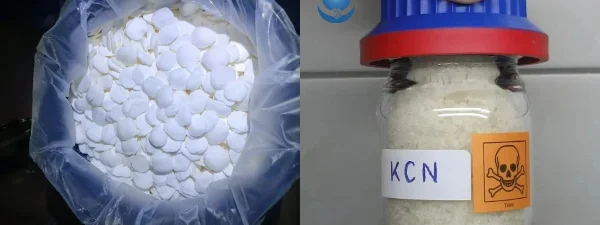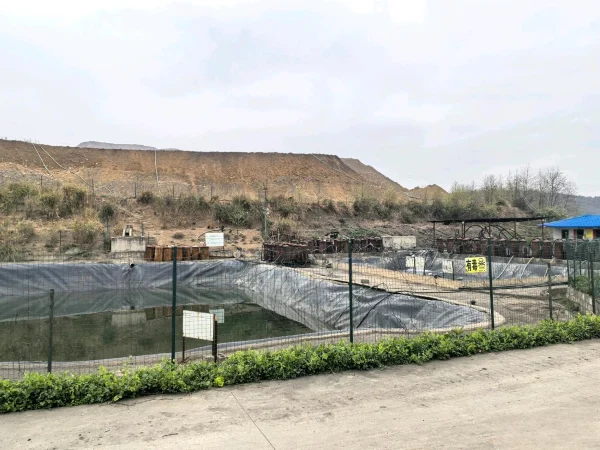
Sodium cyanide and potassium cyanide are both extremely hazardous substances primarily due to their high cyanide content. Cyanide is renowned for its potent toxicity, but when comparing the two, sodium cyanide exhibits greater toxicity per the same mass. This is attributed to its relatively higher proportion of cyanide ions.
1. Properties of Sodium Cyanide
Sodium cyanide exists as cubic crystals, typically appearing white in color and possessing a distinct odor. It is crucial to recognize that ingestion or contact with an open wound can rapidly lead to severe poisoning and potentially death. Therefore, utmost caution is essential when dealing with this substance in daily life.
Sodium cyanide is highly malleable and readily soluble in water, forming a strongly alkaline solution. This characteristic makes it widely utilized in the chemical industry. It plays a pivotal role in chemical synthesis, laboratory experiments, electroplating, and other processes. Given its lethal nature, strict safety protocols must be followed during usage. Specialized helmets, protective suits, and plastic gloves are imperative to ensure personal safety. When handling Sodium Cyanide, it should be carried gently to prevent damage to the containers.
2. Properties of Potassium Cyanide
Similar to Sodium cyanide, potassium cyanide is an extremely toxic substance that can easily result in fatalities. It is soluble in water, slightly soluble in alcohol, and prone to deliquescence when exposed to oxygen in the air. Since both substances contain cyanide ions, their chemical properties share many similarities. However, it is important to note that potassium cyanide is highly explosive when it comes into contact with sodium nitrite.
In conclusion, both sodium cyanide and potassium cyanide demand strict handling and storage procedures due to their high toxicity. Any form of negligence can pose serious threats to human health and the environment. Awareness of their properties and appropriate safety measures is key to preventing accidents and ensuring safety.
- Random Content
- Hot content
- Hot review content
- Toxicity Assessment of Sodium Cyanide and Relevant Hazard Prevention Measures
- Company product introduction
- Dithiophosphate 25S
- Oxalic acid for mining 99.6%
- Colloidal emulsion explosive
- Sodium Metal, ≥99.7%
- Food Grade Heavy Light Precipitated Calcium Carbonate Powder Granular 99%
- 1Discounted Sodium Cyanide (CAS: 143-33-9) for Mining - High Quality & Competitive Pricing
- 2Sodium Cyanide 98% CAS 143-33-9 gold dressing agent Essential for Mining and Chemical Industries
- 3Sodium Cyanide 98%+ CAS 143-33-9
- 4Anhydrous Oxalic acid 99.6% Industrial Grade
- 5Soda Ash Dense / Light 99.2% Sodium Carbonate Washing Soda
- 6Oxalic acid for mining 99.6%
- 7Calcium hydroxide Industrial Grade 90%
- 1Sodium Cyanide 98% CAS 143-33-9 gold dressing agent Essential for Mining and Chemical Industries
- 2High Quality 99% Purity of Cyanuric chloride ISO 9001:2005 REACH Verified Producer
- 3 High-Quality Sodium Cyanide for Leaching
- 4Powdery emulsion explosive
- 5Industry Grade Electron grade 98% Sulfuric Acid H2SO4 Sulphuric Acid Battery Acid Industrial Sulfuric Acid
- 6Colloidal emulsion explosive
- 7sodium hydrosulfide 70% flakes used Mining Industry











Online message consultation
Add comment: